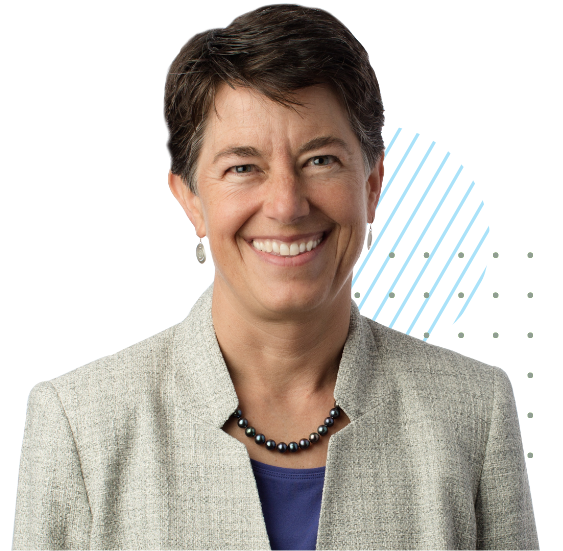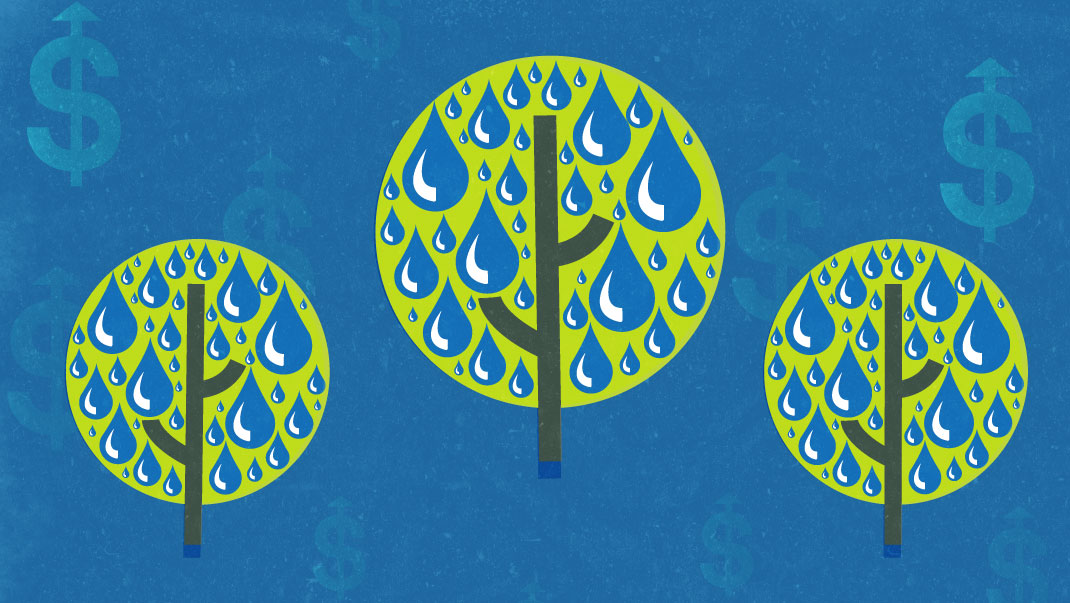Public understanding of the need to use water more efficiently has resulted in a behavioral sea change, but even as ratepayers use less and less water, the challenges of limited supplies, growing populations, aging infrastructure and uncertainties with climate change are driving bills up and up — in some cases as much as 20 percent a year.
For municipal utilities, the revenue gap isn’t likely to get any smaller because, most likely, this isn’t a momentary dip in demand or increase in cost to provide reliable water. This means ratepayers in many cases are paying more for water even though they are using less. At first blush, this seems like a tough sell, and it is. Agencies are looking for funding from multiple sources to cushion the financial impact on residents, even as they launch education campaigns to help citizens understand the true cost of water, and look for new sources of revenue.
For many water managers, the boundaries of conventional municipal financing are already stretched as they continue to explore options for sources of income, creative rate structures and innovative financing such as public-private partnerships. The balance between sustainable rates and affordability can be a moving target. Public education is valuable and important, but it can take time that municipal agencies don’t have to balance their budgets in the near term.
This week in Providence, R.I., water professionals gathered at NACWA’s 2015 Utility Leadership Conference. The theme was “Rates, Financing and Funding,” and topics ranged from innovative financing to pay for the “Utility of the Future,” to optimizing public agency engagement with the private sector. The EPA’s evolving role in funding was presented by Andrew Sawyers, director for EPA’s Office of Wastewater Management. He explained how these efforts, along with proposals like the creation of a qualified public infrastructure bond (QPIB) program, are components of a broader strategy to create new financing tools for water infrastructure investment.
For us at 1Water, this conversation is just beginning. In the coming months, we will talk about the conservation and revenue conundrum, as well as efforts to shift the public’s perception of a so-called “free” resource.
Stay tuned for more real-world solutions for dealing with the financing and funding challenges facing the clean water community, interviews with finance experts and utility CFOs about creative funding strategies, and tactics for how utilities can create effective relationships with their private sector partners.
In the meantime, let’s keep this discussion going. In the Comments section below, tell us what hurdles your community is facing and what strategies you are pursuing to deal with them.

